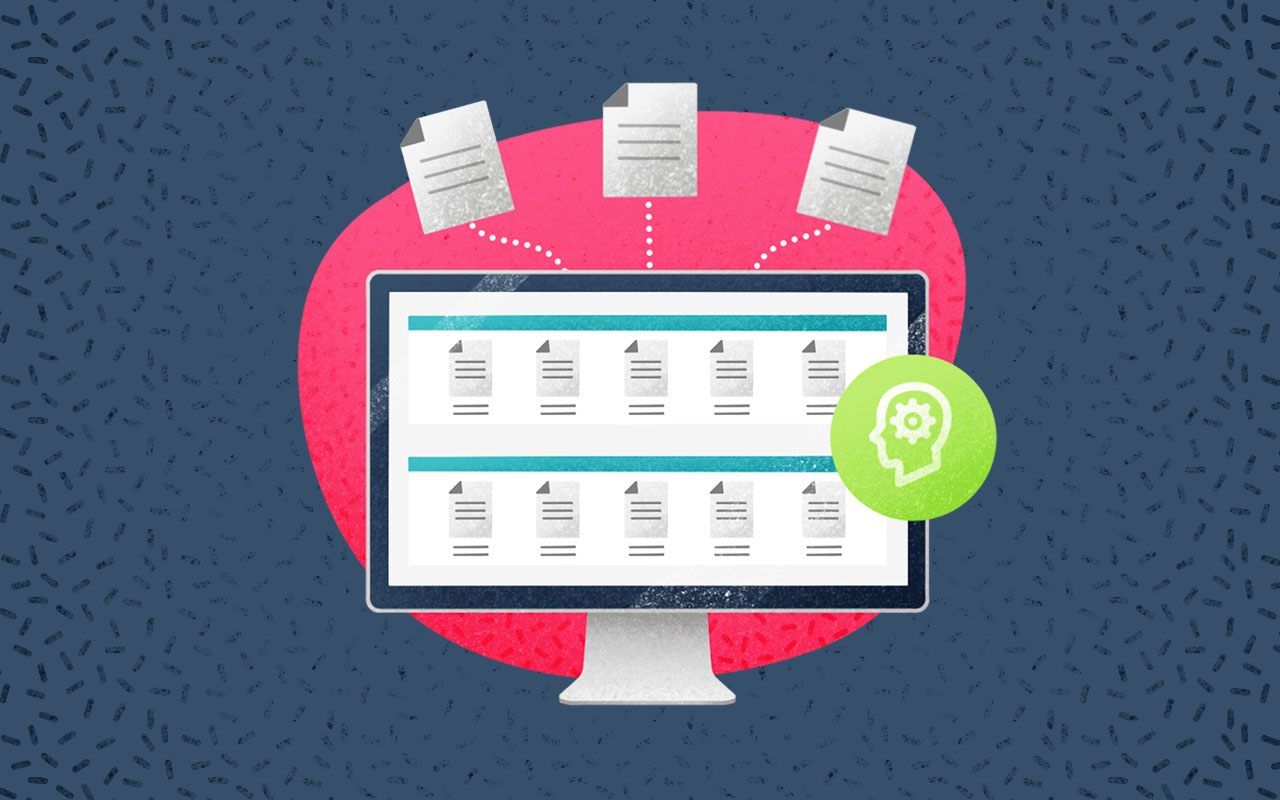INDEX
1. Intro
2. What is Data visibility?
3. Why you should have data visibility?
4. Data Visibility: challenges
5. Tools
6. Conclusion
Introduction
In the fast-paced world of Information Technology (IT), staying ahead of potential issues is paramount. A proactive approach entails heightened transparency – more precisely data visibility.
As you may have heard, data is king – and for a reason! For the IT sector especially, being able to have clear and comprehensive insights through multiple systems can facilitate optimization of TCO and a reduction of costs, along with many other benefits.
Let’s start by looking at what data visibility is, why data visibility matters, and the main challenges in improving data visibility in your company.
What is Data Visibility?
Data visibility refers to the ability to view and access data from across an organization’s IT infrastructure.
The goal is to have a comprehensive view of all data – enabling better monitoring, analysis, and, finally, decision-making. This includes data from various sources such as servers, applications, routers, computers, servers, software, and so on.
Informed decision-making is where IT managers are facing the struggle. According to a study conducted in 2021 by Vanson Bourne, only 27% of the 600 IT managers surveyed felt they had good visibility of the performance levels delivered. Yet, 90% believed that accurate reporting of business KPI is fundamental for their team.
How to bridge that gap? You guessed it: data visibility.
Why Data Visibility Matters for IT Organizations
BETTER DECISION-MAKING
By having comprehensive access to real-time data, IT managers can analyze system performance, user activity, and operational metrics with precision. This facilitates strategic planning and accurate forecasting.
Understanding the availability and anticipating any potential degradation of service is quintessential for justifying the allocation of budget and assessing adequately the potential (negative) impact on business.
Do you want to know more about the challenges of information systems supervision? Click on this link to download our free ebook!
ENSURES THE AVAILABILITY OF ALL SERVICES
To make sure that all the IT components are available, a continuous monitoring and analysis of system data is required. IT managers can thus detect early signs of potential failures or performance degradation – ultimately saving a lot of time and money.
This proactive approach allows for timely maintenance and updates, preventing unexpected outages and ensuring that systems remain reliable and available.
Knowing the condition of all IT assets is important for meeting service agreements and providing reliable performance to users. If you want to maintain a robust and reliable IT infrastructure, you don’t need to look further than achieving better visibility on potential issues.
BOOSTS OPERATIONAL EFFICIENCY
Data visibility means a company can build a proactive approach that enables IT managers to anticipate and address potential issues before they escalate into critical problems.
An IT monitoring solution can help by providing alerts and diagnostics that enable swift troubleshooting and resolution of issues, minimizing downtime and maintaining smooth operations.
And this reflects also on costs and TOC – by reducing false positives and on-call costs you can save costs while maintaining outstanding service quality.
SUPPORTS STRATEGIC GROWTH
Finally, data visibility supports strategic growth and innovation within the organization. By providing a holistic view of IT operations, data visibility enables IT managers to identify trends, forecast future needs, and align IT initiatives with business goals.
It facilitates long-term planning by highlighting areas for improvement and opportunities for innovation and it can help managers justify investments in recovery planning or negotiate new Service Level Agreements levels.
In this way, data visibility is not just about maintaining current operations and service levels but also about driving enterprise growth and staying competitive in a rapidly evolving technological landscape.
What are the Main Challenges of Data Visibility?
FRAGMENTED MONITORING SOLUTIONS
One of the main challenges in achieving data visibility is the fragmentation of monitoring solutions across different platforms and systems. Without integration, CIOs and IT managers cannot maintain a global view of activities, which may lead to failures in meeting service level commitments.
This is why organizations need integrated monitoring solutions that can provide a holistic view and ensure all data is accessible and analyzable from a single platform.
MANAGING LARGE VOLUMES OF DATA
The sheer volume of data generated by modern IT environments can be overwhelming. Managing and processing this data in real-time requires robust data analytics and monitoring tools.
Without the ability to effectively handle large data sets, organizations risk missing critical insights and experiencing delays in issue detection and resolution.
ENSURING DATA ACCURACY AND CONSISTENCY
Accurate and consistent data is essential for reliable insights and decision-making. Inconsistent data from different sources can lead to erroneous conclusions and ineffective strategies. Implementing stringent data validation and consistency checks across all data sources is crucial to maintaining data integrity and reliability.
Discover the key challenges in Information Systems Supervision with our free ebook. Get your copy now!
What are the tools can help with data visibility?
To achieve optimal data visibility, a range of tools and technologies are available that cater to different aspects of IT monitoring and management. Solutions like EV Observe offer comprehensive monitoring capabilities, integrating with various IT systems through APIs to provide a unified view of the IT infrastructure.
These tools leverage artificial intelligence to enhance predictive maintenance, optimize alert thresholds, and support detailed analysis for better decisionmaking. By implementing such advanced monitoring solutions, organizations can overcome the challenges of data visibility and drive operational excellence.
LEVERAGING AI AND MACHINE LEARNING
One exciting development in improving how we see and use data is the integration of AI and machine learning. These technologies are changing the game for data analysis, as they can spot patterns and anomalies that might be missed with traditional methods.
AI-powered tools can predict system failures before they happen, optimize how resources are used, and handle routine monitoring automatically. This not only makes data management more accurate and efficient, but also frees up IT teams to work on bigger, more strategic projects.
Conclusion
In the modern IT landscape, data visibility is more than just a luxury – it is a necessity. Ensuring comprehensive access to data across the IT infrastructure enables better decision-making, improves service availability, boosts operational efficiency, supports strategic growth, and enhances communication within the organization.
While there are significant challenges to achieving optimal data visibility, advanced tools and technologies offer robust solutions to these issues – helping IT departments maintain high service standards and drive continuous improvement.
FAQs
What is data visibility?
Data visibility refers to the ability to view and access all data from across an organization’s IT infrastructure, enabling better monitoring, analysis, and decision-making.
Why is data visibility important in IT?
Data visibility is important because it enhances operational efficiency, supports informed decision-making, and helps in optimizing costs and resources.
How can data visibility improve operational efficiency?
By providing real-time insights into system performance and potential issues, data visibility allows IT departments to respond quickly and maintain smooth operations.
What are the main challenges in achieving data visibility?
Data silos, security concerns, and data overload are the main challenges in achieving data visibility. Overcoming these challenges requires the right tools and strategies.
What tools can help achieve data visibility?
Various tools and technologies cater to IT monitoring and management – providing comprehensive monitoring that with multiple systems, and leveraging AI for predictive maintenance and detailed analysis.

Challenges in Monitoring of Information Systems
Unlock expert insights on IT monitoring, cost optimization and predictive analytics. Learn how supervision improves service availability, reduces downtime, and helps justify IT investments.


